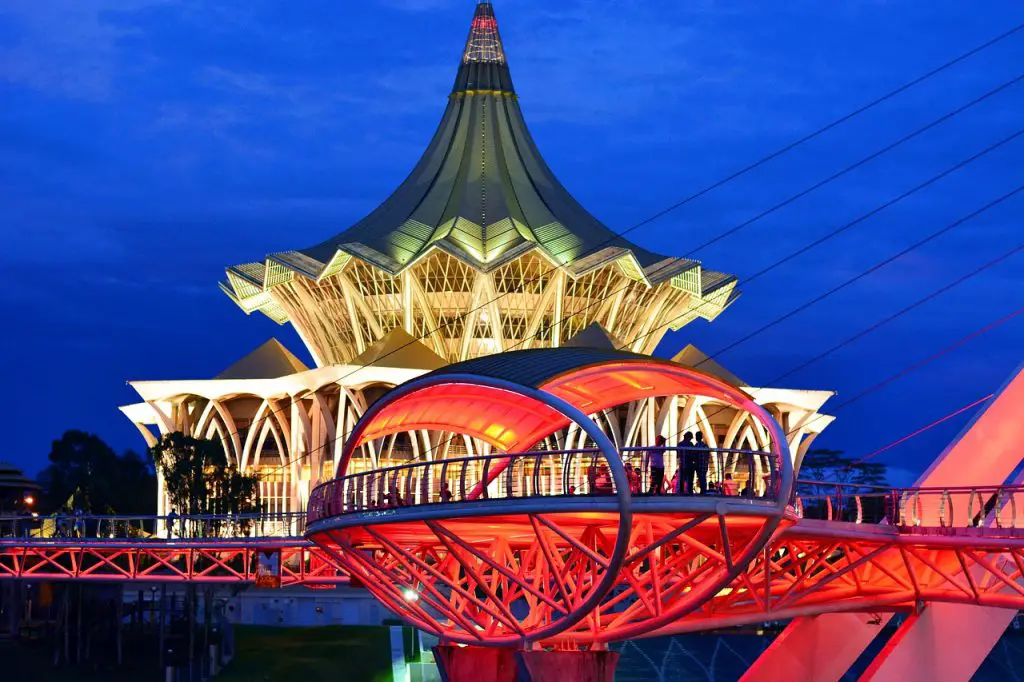The Malaysian Solidarity Consultative Committee was an organisation formed by political leaders from the Federation of Malaya, Singapore, Sarawak and North Borneo (now Sabah).
The committee held its first meeting on Aug 25, 1961 in Jesselton (now Kota Kinabalu), Sabah.
Then on Dec 18 till 20, 1961, the committee met up again in Kuching.
Aimed to discuss the formation of the Federation of Malaysia, the meeting was chaired by Sabah’s political leader Donald Stephens.
During the meeting, the Federation of Malaya was represented by seven people headed by Muhamad Khir Johari.
Singapore had four representatives with Prime Minister Lee Kuan Yew as the head while Sarawak had eight with Datu Mustapha Datu Harun as the leader.
After the meeting, the committee released a final communique.

The communique wrapped up on several issues raised during the meeting including:
1.Religious freedom
A number of Borneo delegates asked whether the acceptance of Islam as the official religion of the Federation of Malaya would affect the religious freedom of other communities in Malaysia.
It was explained to them that although Islam was the religion of the Federation, every person and all communities had the right to profess and practice any religion under the Federation of Malaya constitution.
The communique stated that this right would be enshrined in the constitution of the Federation of Malaysia. The North Borneo and Sarawak delegates expressed satisfaction at the clarification that all the religious orders and religious freedom would remain as at present.
2.Representation in the Federal Parliament
Some of the Borneo delegates expressed anxiety that there might not be adequate representation for them in the central legislature, because of their sparse population.
According to the communique, they were assured by the Federation delegation that the universal practice in all democratic countries was to give weightage of representation to less densely populated areas. This principle would apply to the Borneo territories, which were all rural.
3.Migration
The communique stated that the delegates from North Borneo and Sarawak expressed their fear of their people being overwhelmed by unimpeded migration from other states of Malaysia.
The Federation of Malaya delegation pointed out that the Prime Minister, Tunku Abdul Rahman, had already expressed his understanding and sympathy of the natural desire of the people of the Borneo territories not to have their territories, which are sparsely populated, flooded with migrants from the other State of Malaysia.
The Federation delegation also stated that the constitutional provisions whereby such control could be affected by the State Governments of each of the Borneo Territories could be devised by constitutional experts.
4.Civil Service
It was agreed that all state civil service appointments would be under the control of the state governments.
According to the communique, the meeting endorsed that the progressive Borneanisation of the public services would occur and that in all Federal service appointments made to the Borneo territories, the people of Borneo territories would be given priority.
The delegates also stressed that all present serving officers would continue until there were suitable local officers to fill their posts.
Importance was also given to the training of indigenous people to equip them to hold professional and executive posts in administration and commerce.
Attention was drawn to the special provision in the Federation of Malaya constitution relating to Malays. There should be similar provisions to cover the indigenous peoples of the Borneo territories.
These provisions related to matters such as scholarships, training and civil service posts. At the same time, all present legitimate interests of the other communities would also be safeguarded.
5.National Language
All nations have a national language. Whether a component state has its own indigenous or other language media of education is a matter which can be resolved by the State and Central Government.































